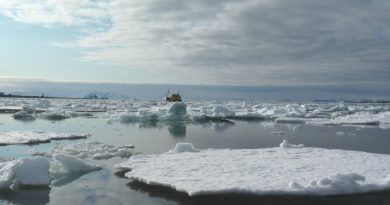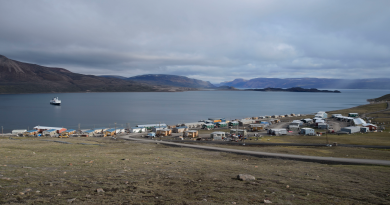UN’s bleak biodiversity report highlights Canada’s Indigenous protected areas
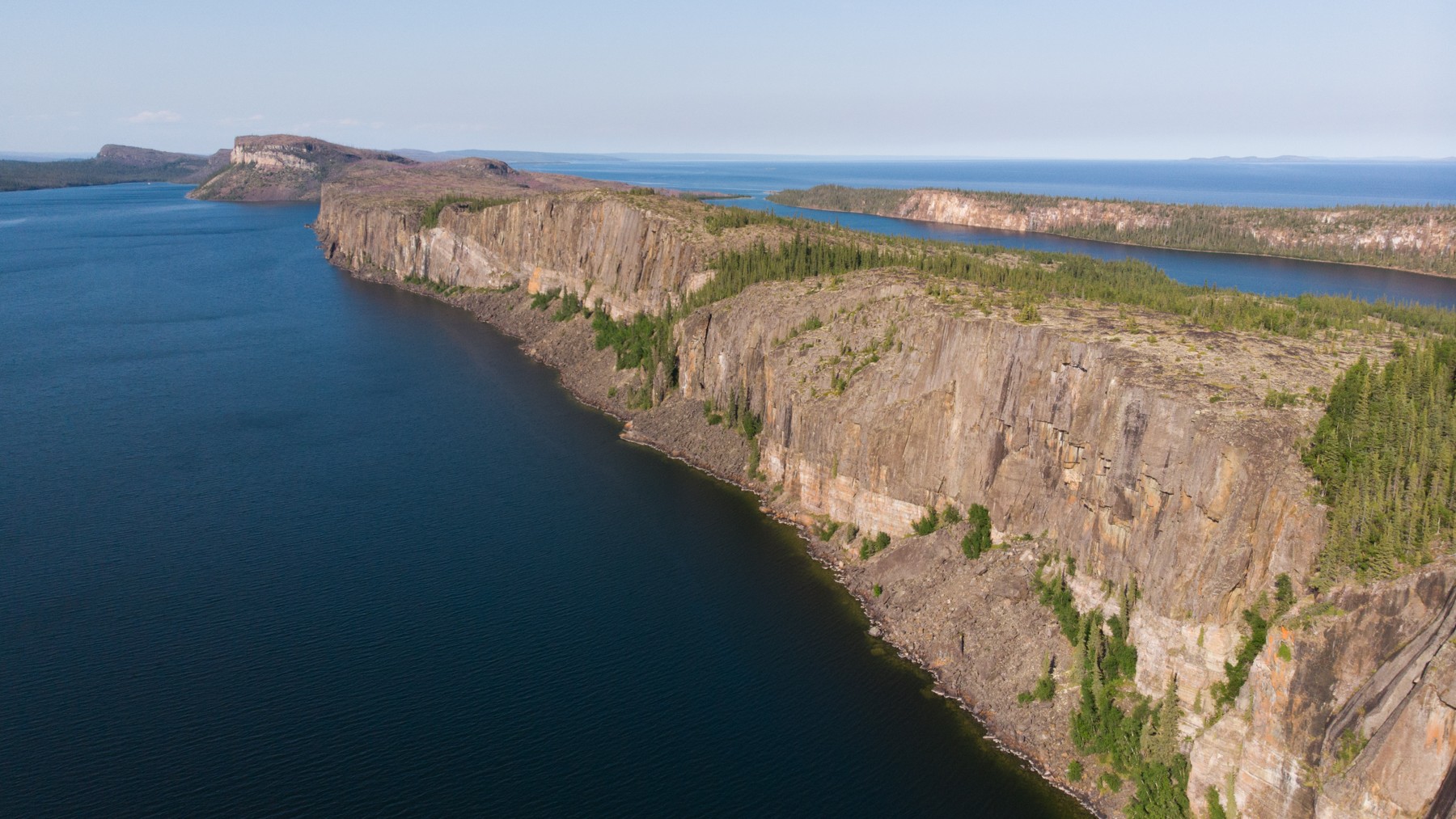
Canada’s efforts to set up marine conservation areas in the Arctic and partner with Indigenous and Inuit communities in protecting vast tracts of wilderness across the country are some of the bright spots in an otherwise bleak United Nations report on the state of the world’s biodiversity.
The fifth edition of the UN’s Global Biodiversity Outlook report, published by the Convention of Biological Diversity (CBD) on Tuesday, found that the international community has failed in its efforts to reach any of the 20 environmental goals set a decade ago at the Aichi conference in Japan, though six targets have been partially achieved.
The report found that diversity in natural habitats worldwide continued to be lost due to “unsustainable patterns of production and consumption, population growth and technological developments.”
‘Detrimental effect on Indigenous Peoples’
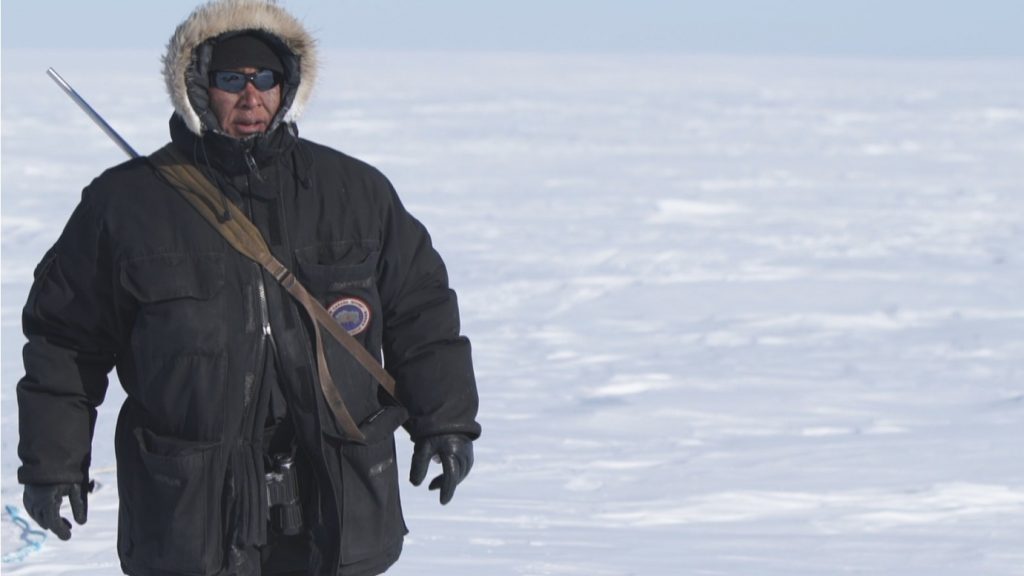
“The projected decline in biodiversity will affect all people, but it will have a particularly detrimental effect on Indigenous Peoples and local communities, and the world’s poor and vulnerable, given their reliance on biodiversity for their wellbeing,” the report said.
The report calls on the international community to scale up efforts to conserve and restore biodiversity and keep climate change well below 2 C and close to 1.5 C above pre-industrial levels.
It also calls on governments to take steps to address invasive alien species and pollution; adopt better agricultural methods and limit consumption of goods and services that hinder biodiversity, such as forestry and the energy industry.
To monitor the progress in achieving the goals set up at the Aichi conference, the UN had divided the 20 goals into 60 elements.
“Of these, only seven elements have been achieved, although 38 show progress. Thirteen elements show no progress or indicate a move away from the target,” the report said.
Canada’s conservation efforts among the few success stories
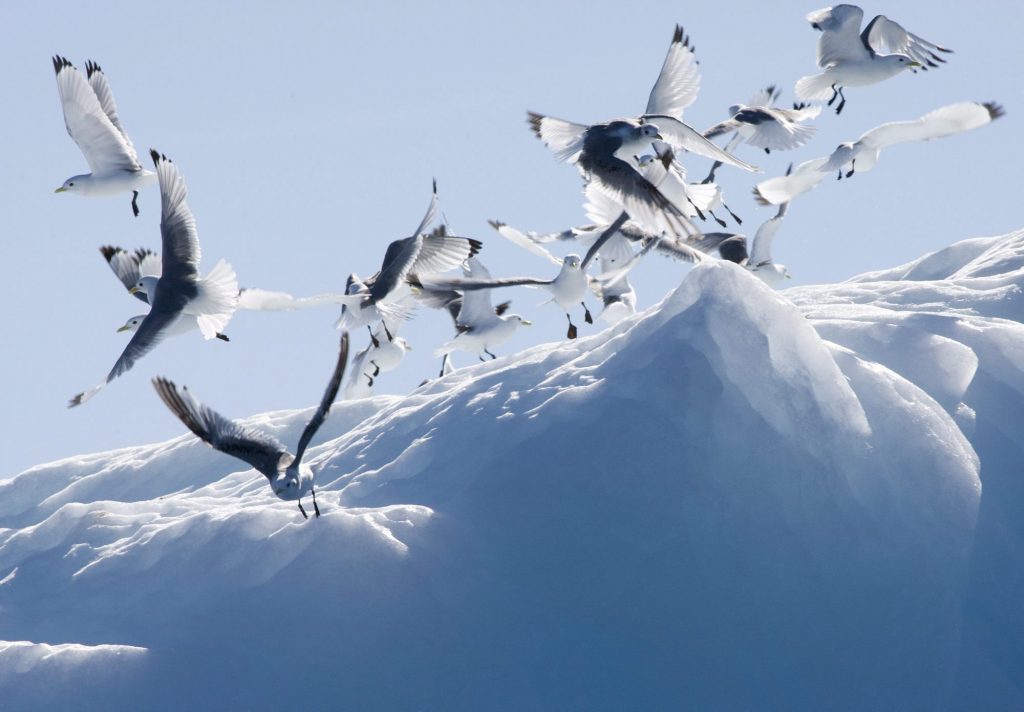
The report noted Canada’s efforts to establish the Anguniaqvia niqiqyuam marine protected area in the Northwest Territories in 2016 in cooperation with the Inuvialuit and the Western/Emerald Banks Conservation Area off Nova Scotia in 2017 as some of the examples of progress made towards reaching the Aichi conference goals.
The report also noted that in 2017, interim protection was announced for the Tallurutiup Imanga National Marine Conservation Area, in Lancaster Sound, Nunavut in cooperation with the Qikiqtani Inuit Association.
Further the Scott Islands marine National Wildlife Area off the coast of British Columbia was announced in 2018. Collectively these areas cover more than 130,000 square kilometers, the report said.
It also praised Canada’s efforts to partner with Indigenous communities to protect and manage land and marine resources through Indigenous Guardians programs.
In 2017, the federal government invested $25 million over five years to support a pilot initiative to establish a national network of existing Indigenous Guardians programs, the report said.
The objective of this initiative is to give Indigenous Peoples greater responsibility and resources to manage their traditional lands and waterways, the report noted.
The federal program will facilitate partnership with Indigenous communities and provide additional funding to existing Indigenous programs to support their activities related to monitoring ecological health, maintaining cultural sites, and protecting sensitive areas and species.
In addition, Canada is supporting the implementation of a pilot Guardian programme in Arctic Bay, Nunavut, the report said.
The funding will support the Qikiqtani Inuit Association to explore how Inuit can be engaged in the management of the Tallurutiup Imanga National Marine Conservation Area, the newest and largest marine protected area in Canada, it added.
Indigenous leadership urged
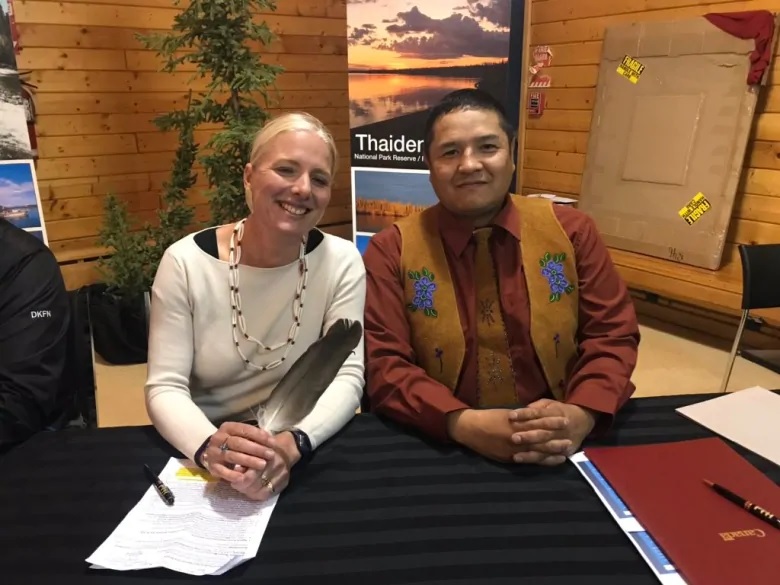
Frank Brown, senior leader with the Indigenous Leadership Initiative, which works on developing the network of Indigenous protected areas, said the most ambitious proposals for protecting lands and waters in Canada are coming from Indigenous Nations.
“Indigenous Peoples experience firsthand the declines in salmon and caribou and the changes in permafrost, wildfires, and ocean acidification,” Brown said in a statement.
“We also have the knowledge systems developed over hundreds of generations to help address these challenges.”
Research shows that lands managed by Indigenous Peoples tend to be healthier and more vibrant than other areas, Brown said, adding that “now is the time to scale up Indigenous-led solutions.”
“New Indigenous Protected and Conserved Areas are sustaining huge refuges for animals and plants,” Brown said.
“Indigenous Guardians programs are managing lands across the country and conducting research on salmon, caribou, and migratory birds. We have proven solutions for helping sustain the natural systems all Canadians depend on.”
Indigenous Protected and Conserved Areas (IPCAs) offer the best chance for Canada to achieve its commitment to set aside 25 per cent of its land for protection, Brown said.
Three large-scale IPCAs have been established since 2018.
These programs, which include the Edéhzhíe Dehcho Protected Area/National Wildlife Area and Thaidene Nëné in the Northwest Territories, contain large intact landscapes of boreal forest and are making a significant contribution to meeting Canada’s international biodiversity commitments, Brown said.
There are over 70 Indigenous Guardians programs operating across the country, according to the Indigenous Leadership Initiative, and many Indigenous communities are working to create new IPCAs.
The two largest proposed projects include the Seal River Watershed in northern Manitoba, a joint initiative by the Sayisi Dene First Nation and their Cree, Dene, and Inuit neighbours that would protect 50,000 square kilometres of pristine tundra, wetlands and forests, and Dene Kʼéh Kusān, an area the size of Switzerland largely free of roads and home to an abundance of wildlife in northern British Columbia, just south of the boundary with the Yukon territory.
Canada is home to some of the largest intact lands left on the planet and has a special responsibility to lead on biodiversity, Brown said.
“By placing Indigenous-led conservation at the center of its biodiversity strategy, Canada can help conserve lands on the scale that nature and humans require,” Brown said. “It’s our best opportunity to ensure our grandchildren inherit a planet that nurtures and sustains them.”
Related stories from around the North:
Canada: New Indigenous protected area created in Northern Canada, Radio Canada International
Greenland/Denmark: Greenland and Denmark finalize cooperation agreement on marine pollution response, Eye on the Arctic
Finland: Miners hunting for metals to battery cars threaten Finland’s Sámi reindeer herders’ homeland, Yle News
Iceland: Arctic Science Ministerial postponed to 2021 due to COVID-19, Eye on the Arctic
Norway: Climate change hits back at Svalbard, coal mine flooded by melting glacier in Norway, The Independent Barents Observer
Russia: Russia to remove dangerous nuclear objects dumped on its Arctic sea floor, The Independent Barents Observer
Sweden: Extra billions to SAS – but with stricter climate requirements, Radio Sweden
United States: Conservation groups sue government over Alaska mining road, The Associated Press


